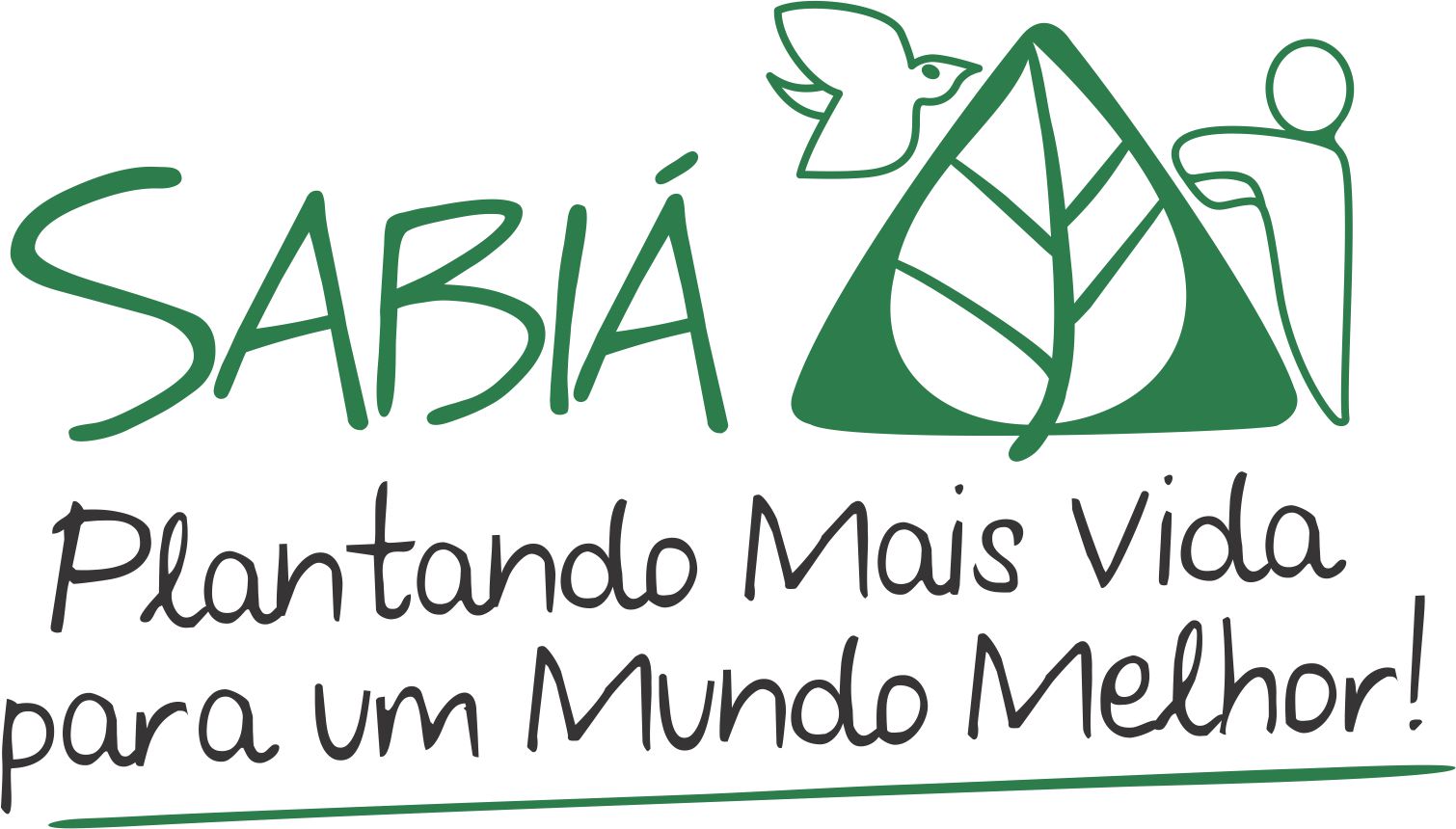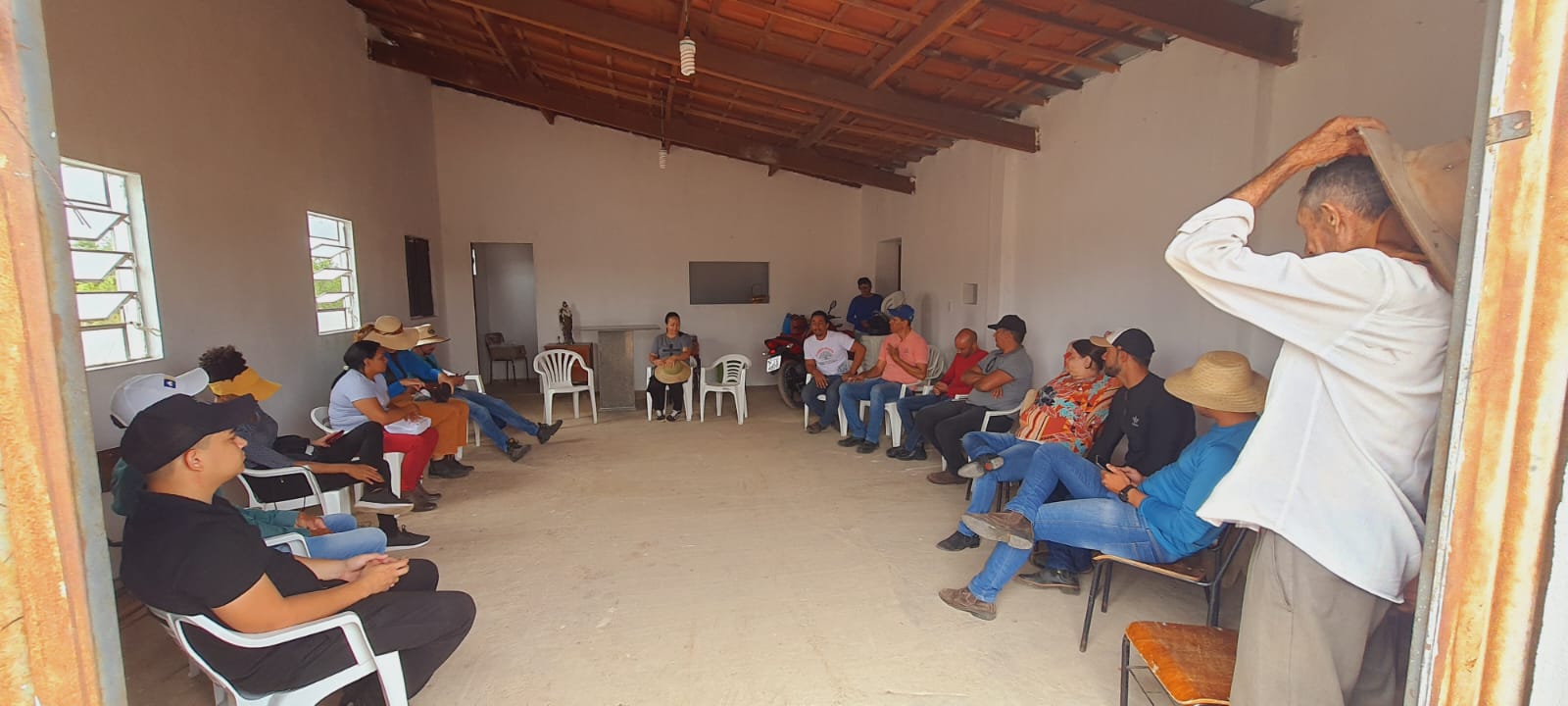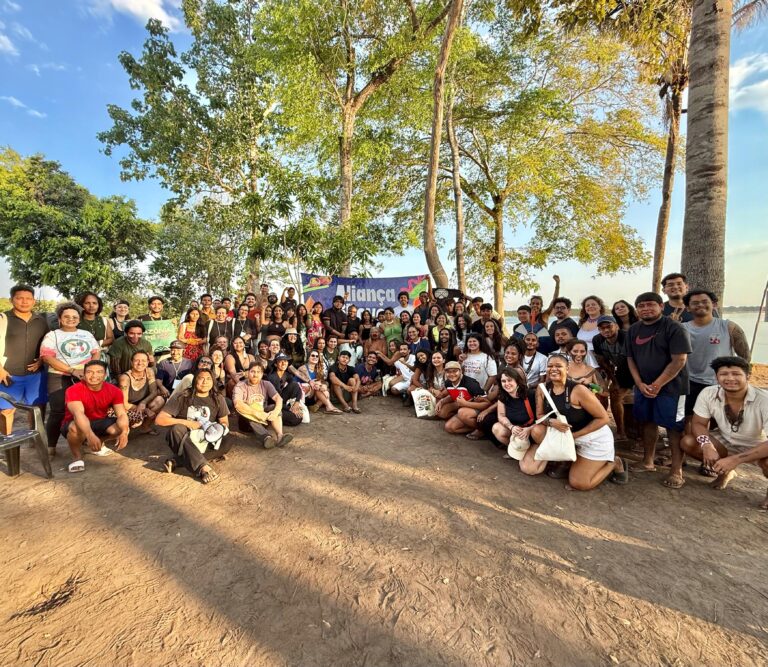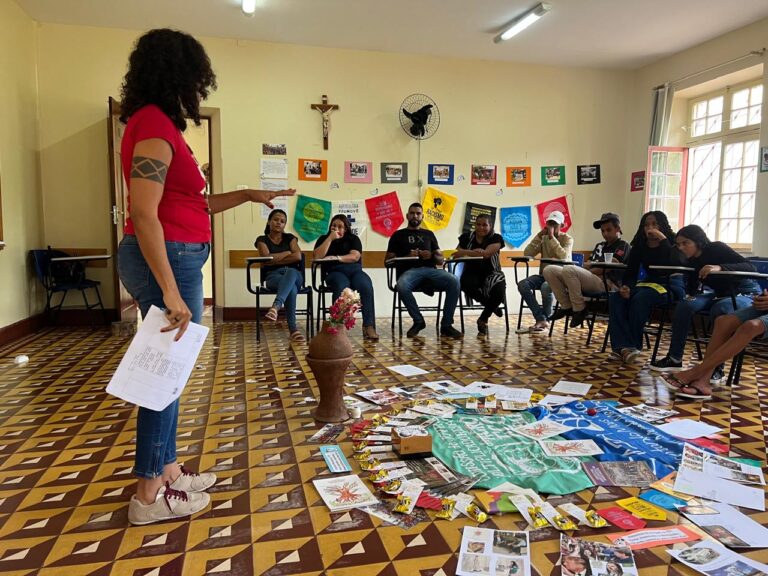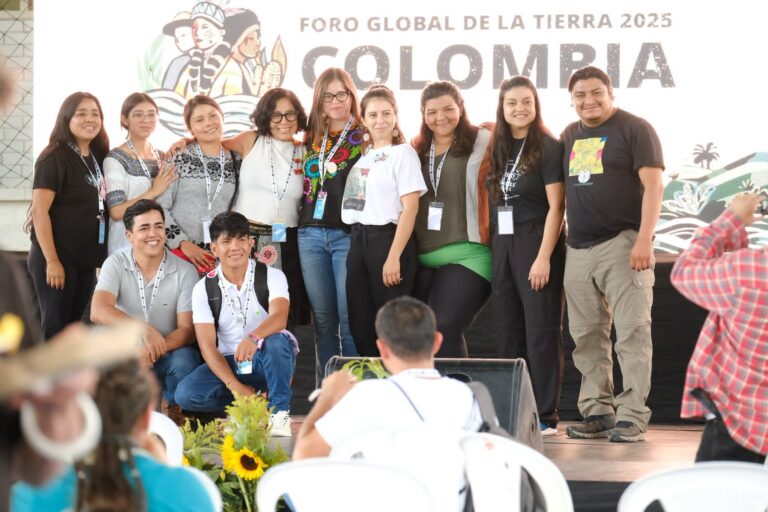Coexistence with the semi-arid region and adaptation to climate change
Report on the Rural Sanitation Exchange, which took place on March 13 and 14, in Juazeiro, Bahia
Daniela Brás
Farmer and Member of the Commission of Young Multipliers of Agroecology
Knowing new experiences is essential to elevate our knowledge and open our minds, that’s why when I received the invitation to participate in the Exchange and get to know the basic sanitation system in the rural area of Juazeiro-BA, I didn’t hesitate to go. We who live in the semi-arid region, and especially in the rural areas, suffer from water scarcity, so knowing that there is a technology that allows us to reuse every drop of our daily consumption is very exciting.
The UASB Reactor, BET and RAC/SAF were the experiments we visited. On the first day, we saw the community version of the UASB reactor in the village Açude da Rancharia, but this same technology has a smaller version for one property, which we saw when we visited the Fazenda Cipó community the next day.
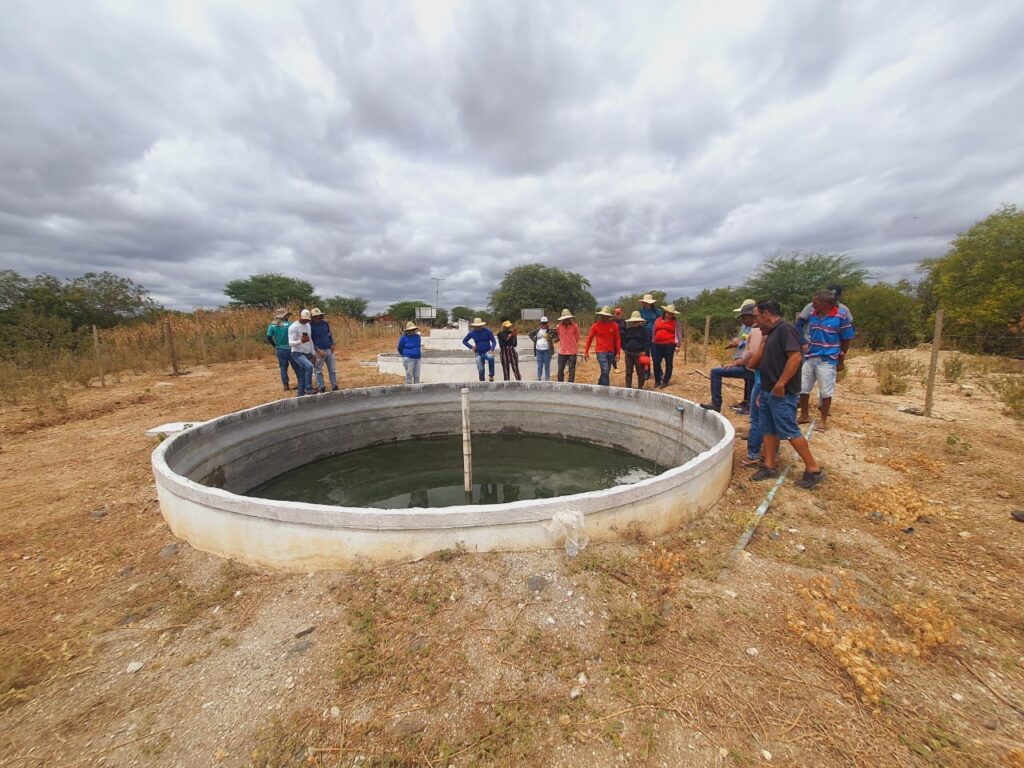
The UASB reactor treats the so-called total waters, which are composed of water from the toilet, washing clothes, dishes, and personal hygiene of the family, which undergoes a biological degradation process through anaerobic bacteria in a biodigester system, and is then released into open tanks for the sun to kill the bacteria. To ensure the effectiveness of the disinfection system and the effectiveness of the process, the water has to be exposed to the sun for at least seven days. After that time, it is transferred to a second reservoir, where it can be pumped for forage irrigation. It is important to emphasize that this water cannot be reused in the home, nor in vegetable production.
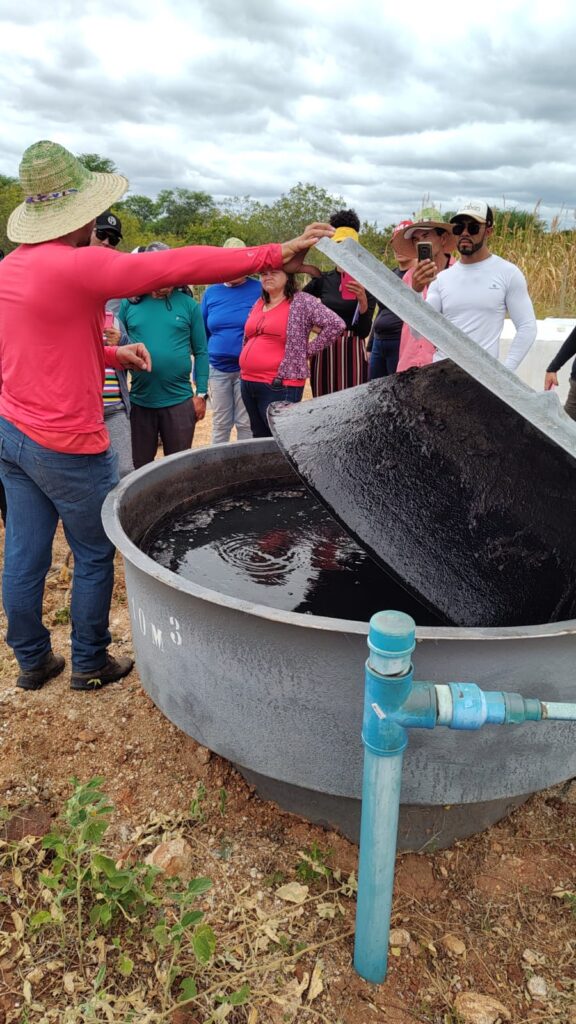
Still in the village, we visited the BET (evapotranspiration basin) and the RAC/SAF (greywater reuse/agroforestry system), both water reuse systems. The project provides for the quality of life of the families, by treating the sewage that would end up in the environment, it avoids pollution and the proliferation of vectors, reducing diseases in the community. In addition, the water that used to go into the open air is treated and reused in the irrigation of forage for the community’s animals.
Nothing found.

